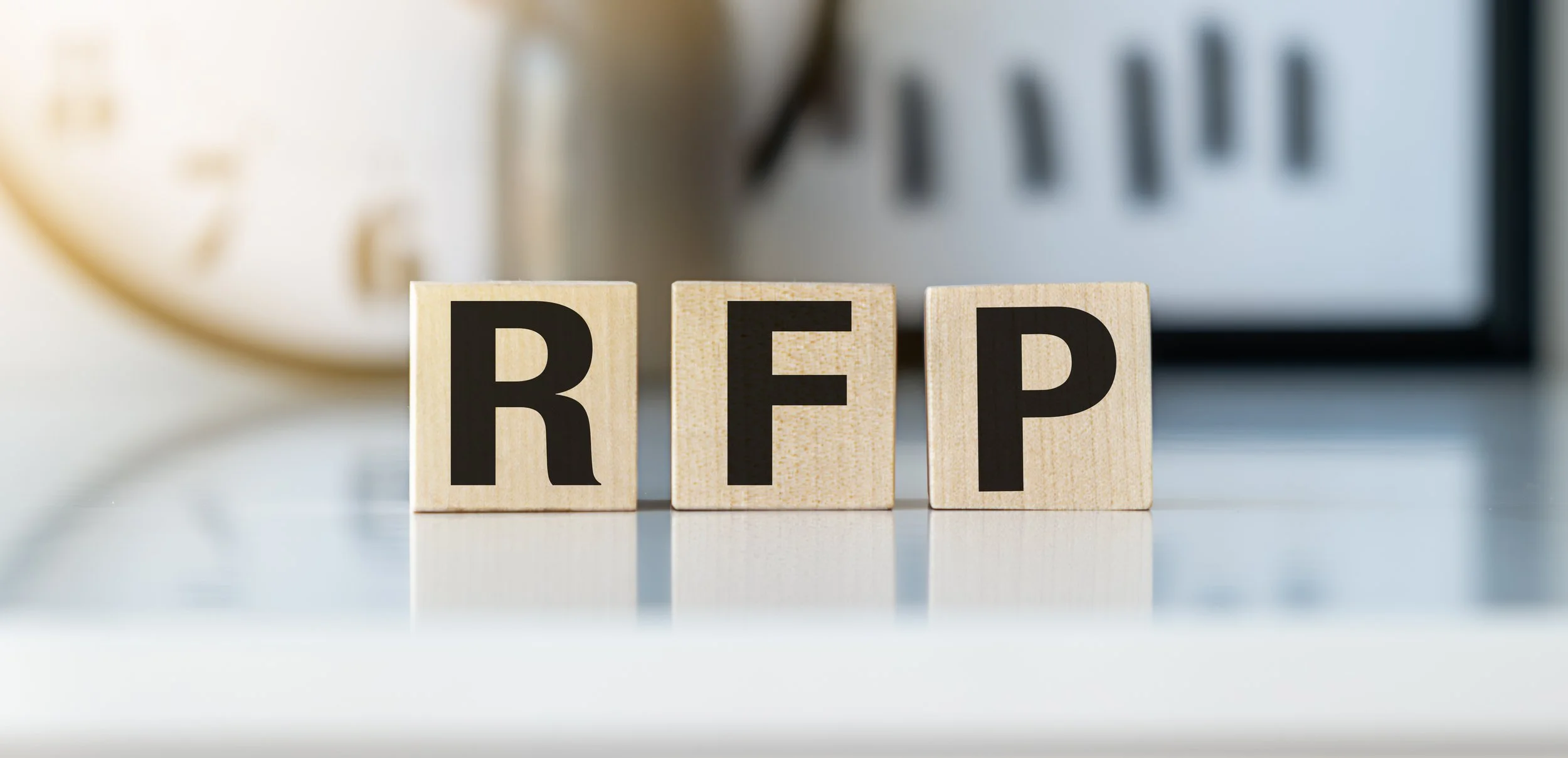The Art of Proposal Writing: Crafting Winning Content for Federal Contracts
Winning federal contracts isn’t just about meeting requirements—it’s about standing out. A well-crafted proposal tells a compelling story while ensuring strict compliance with government regulations. Balancing clarity, strategy, and compliance is both an art and a science. In this blog, we’ll explore best practices for writing winning proposals, common pitfalls to avoid, and strategies that increase your probability of win (P-Win).
The Three Pillars of a Winning Proposal
Successful federal proposals must address three critical elements: Compliance, Clarity, and Persuasion.
1. Compliance: Following the Rules to Stay in the Game
Every federal proposal is governed by strict rules outlined in Federal Acquisition Regulation (FAR) and agency-specific guidance. Failing to follow these rules means automatic disqualification.
🔹 Key Compliance Considerations:
Ensure alignment with the Request for Proposal (RFP) or Request for Quote (RFQ) requirements.
Follow the Section L (Instructions) and Section M (Evaluation Criteria) precisely.
Use the correct format, font, and structure specified in the solicitation.
Address all required volumes and attachments, including technical, past performance, and pricing sections.
📌 Where to Learn More:
Federal Acquisition Regulation (FAR) Guidelines – Acquisition.gov
Small Business Administration (SBA) Guide to Government Contracting – SBA.gov
2. Clarity: Making Complex Information Easy to Understand
Government evaluators read hundreds of pages per proposal. If your content isn’t concise, clear, and structured, it won’t stand out.
🔹 Tips for Clear Proposal Writing:
Use Plain Language: Avoid jargon, technical complexity, and overly long sentences. Follow Plain Writing Act standards.
Be Concise: Keep paragraphs short and use bullet points for easy scanning.
Structure for Readability: Use informative headings, subheadings, and white space strategically.
📌 Where to Learn More:
Plain Writing Act and Federal Guidelines – PlainLanguage.gov
3. Persuasion: Making Your Case with Compelling Content
A great proposal doesn’t just check the compliance boxes—it convinces the evaluator that your company is the best choice.
🔹 Persuasive Proposal Strategies:
Emphasize Benefits Over Features: Show how your solution directly impacts the government’s mission.
Use Active Voice: Strong, confident language makes your proposal more engaging.
Differentiate Your Solution: Highlight unique strengths that set your company apart from competitors.
📌 Where to Learn More:
Shipley Associates' Best Practices for Proposal Writing – Shipleywins.com
Common Pitfalls to Avoid
Even experienced proposal teams make mistakes. Here are the most common reasons proposals lose:
🚩 Ignoring Evaluation Criteria – If you don’t address the exact criteria outlined in Section M, you won’t score well.
🚩 Fluffy or Generic Language – Avoid vague statements. Instead of saying, We have extensive experience, say We have successfully managed 50+ federal projects for agencies including NASA, DOD, and USAID.
🚩 Weak Past Performance Justifications – Agencies want proof, not promises. Use concrete success stories and past performance citations.
🚩 Last-Minute Rush – Proposals that are rushed have formatting errors, compliance gaps, and unclear messaging.
Winning Proposal Strategies: What the Best Proposal Teams Do Differently
Conducting Effective Color Team Reviews
High-performing companies don’t submit a first draft. They go through structured color reviews to refine their proposal:
Pink Team – Ensures proposal structure aligns with requirements.
Red Team – Evaluates competitiveness and scoring against evaluation criteria.
Gold Team – Final executive review before submission.
📌 Where to Learn More:
APMP (Association of Proposal Management Professionals) Best Practices – APMP.org
Leveraging AI for Proposal Efficiency
AI-driven tools like GovWin, Proposify, and RFPIO help automate compliance checks, streamline content development, and improve past performance narratives. However, AI should support—not replace—human expertise.
📌 Where to Learn More:
Deltek GovWin for Federal Market Intelligence – GovWin.com
Final Thoughts: Stand Out to Win
Writing a winning federal proposal requires more than just following instructions—it demands clarity, strategy, and compelling storytelling. By aligning with compliance standards, structuring content for clarity, and using persuasive techniques, your proposals will stand out in a competitive field.
Looking for expert help? Write-Brained Editorial Services specializes in proposal development, technical writing, and Section 508 compliance to ensure your submissions are polished, persuasive, and fully compliant.
📩 Need Proposal Support? Contact us at hello@writebrainedits.com or visit www.writebrainedits.com.

